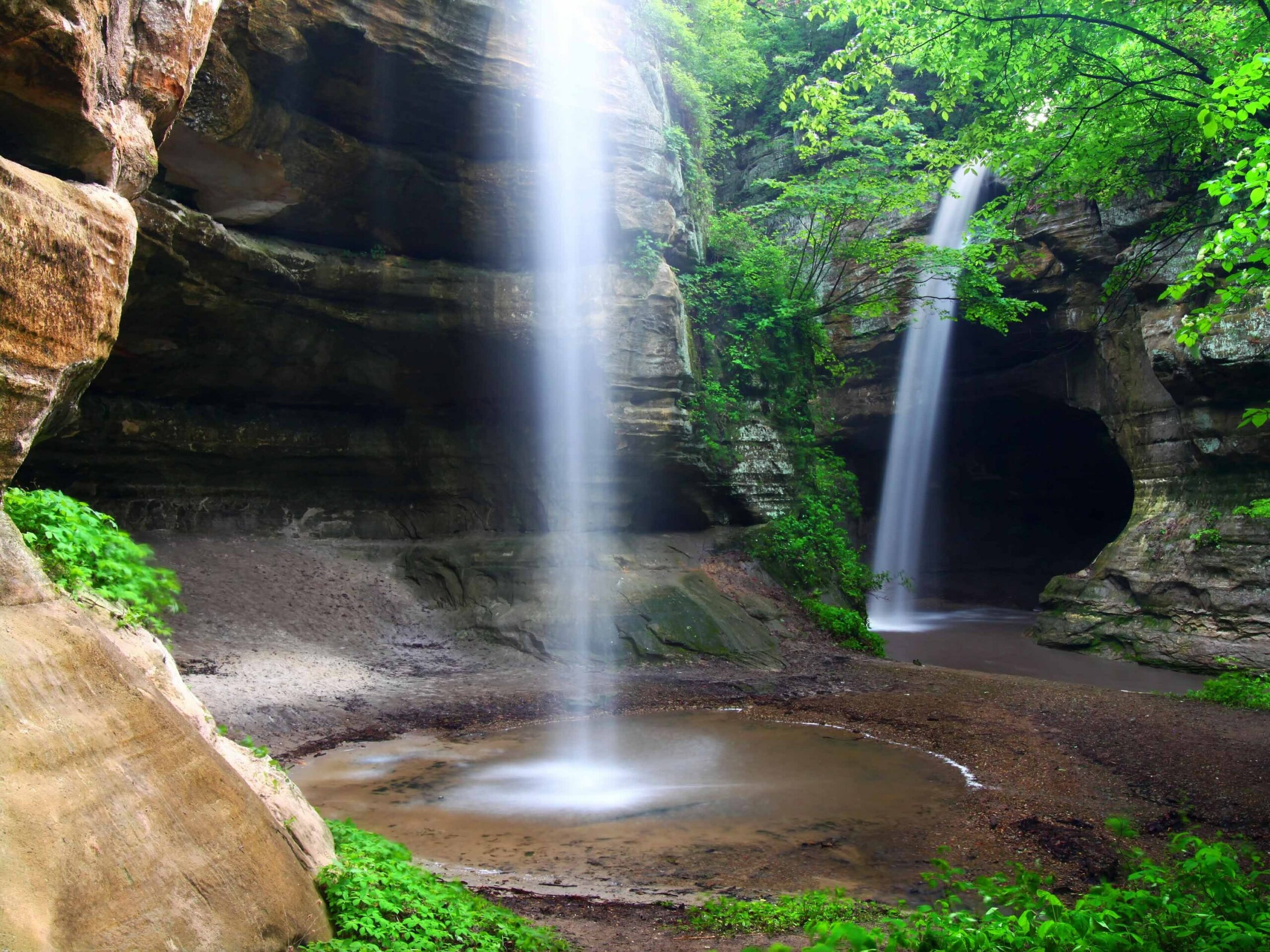Great Places to Hike Near Me sets the stage for an exploration of nearby hiking trails, catering to diverse preferences and skill levels. This guide details how to discover and rank trails based on factors such as distance, difficulty, scenery, and user reviews, ensuring a tailored hiking experience. We’ll cover everything from sourcing reliable trail data to visually representing trails using maps and panoramic descriptions, enhancing your planning and preparation.
Finding the perfect hike shouldn’t be a chore. This guide provides a structured approach to locating nearby trails, using a combination of location data, user preferences, and reliable sources. We’ll delve into the technical aspects of data collection, filtering, and presentation, ultimately aiming to create a seamless and informative user experience.
Incorporating User Reviews and Ratings
User reviews and ratings are crucial for building trust and providing valuable insights for potential hikers. A well-implemented system enhances the user experience and improves the overall quality of your hiking guide. This section details strategies for collecting, displaying, and managing user-generated content effectively.
Collecting and Displaying User Reviews and Ratings
Implementing a user review system requires a straightforward and user-friendly interface. Users should be able to easily submit reviews after completing a hike. The system should prompt users to rate aspects like trail difficulty, scenery, and overall experience, using a star rating system (e.g., 1 to 5 stars). Reviews should include a text field allowing users to elaborate on their experiences, including specific details, photos, or even short videos. Displaying reviews can be organized chronologically, by rating, or by specific trail. A prominent display of average star ratings for each trail alongside a summary of user feedback is vital. Consider using visual cues, such as color-coded ratings, to quickly convey the overall sentiment. For example, green for high ratings, yellow for moderate, and red for low ratings.
Moderating User-Generated Content
Maintaining the accuracy and quality of user reviews requires a robust moderation process. This involves establishing clear guidelines for acceptable content, prohibiting abusive language, spam, and irrelevant information. A system for flagging inappropriate content, allowing users to report offensive reviews, is essential. A dedicated team or automated tools can review flagged content and remove or edit inappropriate entries. Transparency is crucial; users should understand the moderation process and the reasons for content removal. Regularly reviewing and updating the guidelines will ensure they remain relevant and effective. For example, a guideline might state that reviews should be factual and avoid personal attacks.
Summarizing and Displaying User Feedback
Summarizing user feedback efficiently involves creating concise and informative summaries for each trail. This could include a short paragraph highlighting the most common themes or sentiments expressed in the reviews. For instance, a summary might say “Users consistently praised the breathtaking views from the summit but noted the trail’s steep incline.” Visual representations of user feedback, such as word clouds highlighting frequently used keywords, can also be very effective. Presenting a range of reviews, both positive and negative, ensures a balanced and realistic portrayal of the hiking experience. The goal is to provide a quick overview of user experiences without overwhelming the user with excessive text.
Epilogue
Ultimately, finding great places to hike near you involves a blend of technology and outdoor enthusiasm. By utilizing readily available data, understanding user preferences, and employing effective visualization techniques, we can significantly enhance the hiking experience. This guide serves as a roadmap for discovering and enjoying the natural beauty surrounding you, making outdoor exploration more accessible and enjoyable for everyone.




